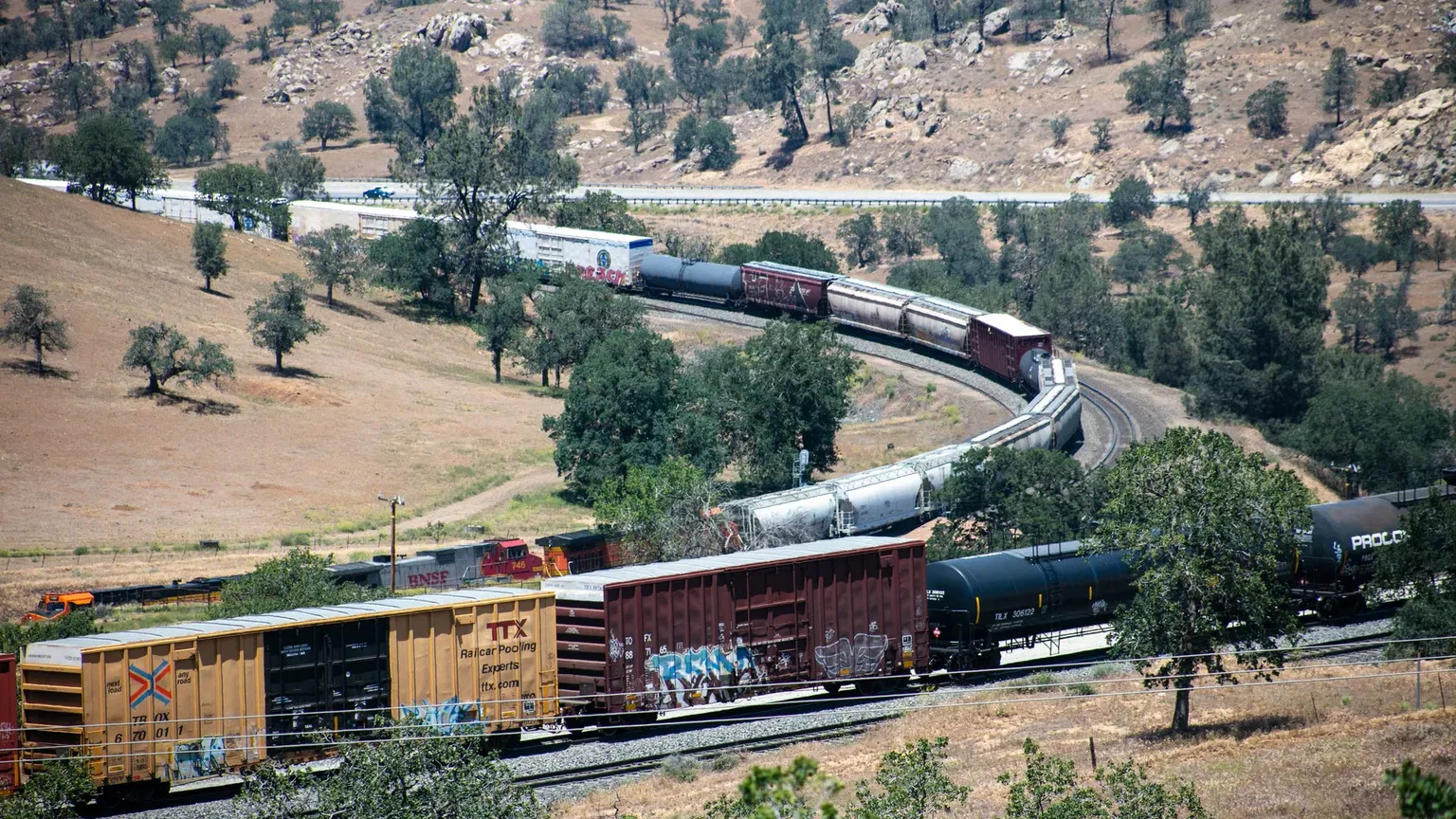Emerging Conversations on Rail Mergers
The discussion surrounding potential rail mergers in the UK is moving beyond mere speculation. With only a handful of Class I freight railroads operating, the conversation is heating up as stakeholders examine various pathways for consolidation.
The Current State of Railroads
As it stands, the regulatory framework for rail mergers, particularly the stringent rules from the Surface Transportation Board set back in 2001, has largely discouraged significant mergers. Proposals must not only prove to enhance competition but also provide clear public benefits, such as improved services or advantages for shippers. This high bar has often resulted in skepticism regarding large-scale mergers.
Shifting Investor Perspectives
Yet, the landscape is beginning to shift. There is a growing wave of interest from diverse investors, including traditional funds and specialized investment firms. A recent analysis by MKP Advisors, a London-based consulting firm, highlights a renewed examination of the U.S. railroad sector, suggesting a transformation in perceptions regarding the viability of mergers. The current climate encourages looking for mergers that can be realistically executed within the existing regulatory framework, addressing both operational and strategic considerations.
Potential Combinations
In the search for possible merger combinations, a few pairings have emerged as viable candidates under the current regulations:
- CSX-Union Pacific (UP): Merging these two networks could create a more integrated transcontinental service, improving efficiency and lowering delays.
- Norfolk Southern (NS)-BNSF Railway: This east-west combination could connect strategic transit corridors and enhance intermodal services.
- Norfolk Southern-UP: Although considered a lower probability, this pairing could extend regional reach and present operational synergies.
Despite the challenges that many combinations face—including significant regulatory hurdles and potential political pushback—these mergers remain a focal point for industry discussions.
Cenário regulamentar
The regulatory standards set by the Surface Transportation Board (STB) —primarily formulated in a different market context—are being reconsidered. The current STB leadership may adopt a more flexible interpretation of these rules, potentially paving the way for strategic partnerships that can enhance competition and service delivery within the rail sector.
The Political Climate and Its Importance
The evolving political landscape also plays a crucial role. Emphasizing supply chain resilience post-pandemic could align support for consolidation. Industry leaders are voicing support for east-west mergers, which may potentially draw favorable government attention.
Infrastructure and Operational Synergies
Critically, the operational inefficiencies in the current rail system, especially where freight often faces significant delays, are being viewed as opportunities for reform. Creating a seamless and unified dispatch network, combined with improved scheduling, can enhance the overall operational framework of the rail systems, leading to tangible benefits for shippers.
Anticipating Challenges
However, the prospects of consolidation cannot ignore potential pushback from stakeholders who may feel threatened by decreased competition, including labor groups and regional stakeholders. This resistance is likely to focus on specific operational overlaps and reductions in service routes, which may affect certain communities adversely.
Strategic Pathways for Approval
Two critical pathways to achieve successful merger approvals have surfaced:
- Gaining Executive Support: Mergers should align with current governmental objectives, showing clear benefits for national infrastructure and efficiency.
- Flexible STB Interpretations: The STB must apply a contemporary take on merger guidelines that reflect today’s industry realities and encourage legitimate consolidation.
Conclusion: Logistics and Operational Efficiency
The discourse around rail consolidation poses potent implications for logistics, especially in enhancing cargo flow and ensuring cost-effective transportation solutions. As the regulatory and political landscapes evolve, new avenues for mergers may not only redefine the operational dynamics of the rail industry but also enhance the logistics sector’s overall effectiveness.
A Personal Touch on Experience
Even though expert opinions and data-rich assessments can provide valuable insights, nothing compares to firsthand experience when navigating these changes. Using platforms like GetTransport.com, individuals and businesses can efficiently manage their logistics needs, ensuring smooth operations for various transportation requirements—whether it’s large deliveries or timely shipments, this service empowers users to make informed decisions without falling prey to unnecessary expenses or disappointments.
Book your next transportation with GetTransport.com, where affordability, transparency, and convenience converge to meet all your logistics needs. This platform stands ready to support your pursuit of operational excellence in freight and shipping solutions.

 Oportunidades crescentes para fusões ferroviárias: Uma visão da dinâmica do mercado e da logística">
Oportunidades crescentes para fusões ferroviárias: Uma visão da dinâmica do mercado e da logística">